Roll Extension
This capability requires Dimension Premier or the Extensions Add-on.
This document describes roll extensions. Roll extensions have all the functionality of normal (formula) extensions, plus they calculate and display a series of rectangles showing how the measurement area would be covered by material that comes in rolls (such as carpet or tar paper). Roll extensions are typically used to lay out roofs or walls. The following parameters can be specified for a roll extension:
- The width of a the material
- The overlap of one row of material over the previous row
- The pitch of the surface. This is used when laying out rolls on a sloped surface such as a roof.
- The orientation point for the covered areas
- The rotation of the covered areas
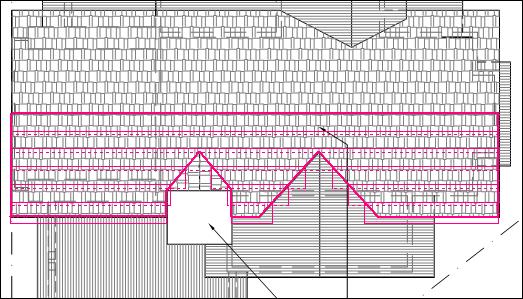
Figure 1: Sample Roll Extension
The sides and bottom of each rectangle are shown with a solid line. The top of all rows except the first (which are overlapped) are shown as a dotted line.
Creating Standard Roll Extensions
If no standard roll extensions exist, you can create a roll extension using Standard Extension Maintenance. Simply press the "Add" button in the Standard Extension List Window and select "Roll" from the context menu. The Standard Extension will be displayed with three rows predefined.
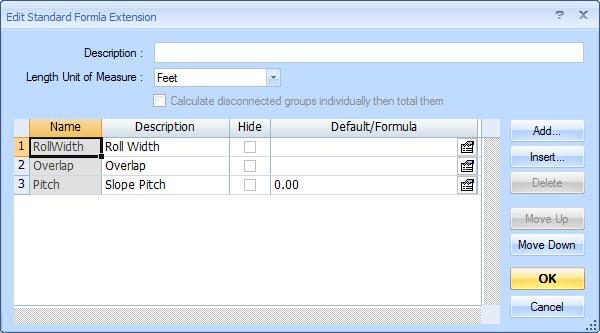
Figure 2: Roll Standard Extension Maintenance
The three pre-defined rows are:
- RollWidth - This is the width of the roll material.
- Overlap - This is the overlap of one row of material over the previous row.
- Pitch - This is used to when the material
is laid out over a sloped surface such as a roof. The pitch
of the surface is the amount of rise (vertical change)
for each 12 units of run (horizontal change). For flat surfaces
the slope should be zero.
WARNING: The slope is applied to roll width. That assumes the surface is sloped from the top to the bottom (or vice versa). If it slopes in a different direction you need to rotate the material rectangles as described below.
The name and position of the predefined rows can't be changed. Otherwise, the information can be edited as described for Standard Extension Maintenance.
- Description - For RollWidth and Overlap the description should be changed to reflect the unit of measure.
- Default/Formula - The advantage of specifying a default is that you don't have to specify the value for each measurement using the standard extension. The disadvantage is that if you may forget to change the value when you want something other than the default.
- Decimal Places (in the Properties Window) - this will vary depending on the unit of measure for RollWidth and Overlap.
- Unit of Measure (in the Properties Window) - RollWidth and Overlap may be measured in either feet or inches. Pitch doesn't use this property.
- Minimum and Maximum (in the Properties Window) - These can be set to catch entry errors. For example, a RollWidth for tarpaper might have a maximum of 9.00 to keep someone from accidentally entering a value in inches.
Other rows can be added after the predefined rows. These rows can use formulas with any of the measurement values (Area, Count, Length, Perimeter) or the predefined rows (RollWidth, Overlap and Pitch) or any of the following calculated values:
- RollArea - The total area of material needed to cover the measured area.
- RollLenth - The length of rolled material needed to cover the measured area (RollArea divided by RollWidth).
- RowCount - The number rows of material needed to cover the measured area.
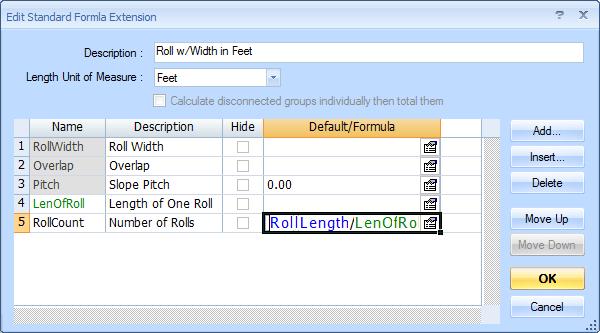
Figure 3: Standard Roll Extension with Additional Calculations
Editing a Measurement's Roll Information
The formula part of a roll extension can be edited the same way as other extensions. This is described in Extension Measurement Maintenance. You can also move and rotate the layout. To start this, right click on the measurement and select "Edit Extension" from the context menu. Then select "Move/Rotate Layout..." from the sub-menu. The Move/Rotate Toolbar will be displayed over the measurement as shown in figure 2.
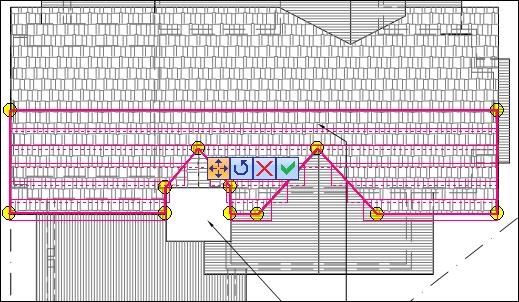
Figure 4: Sample Roll Extension with Move/Rotate Toolbar
The toolbar has four buttons:
 Move Button -
Click this button to begin moving the material rectangles.
The button color and the cursor will change to indicate that
you are in move mode. Then click down anywhere and drag
the rectangles left, right, up and/or down.
Move Button -
Click this button to begin moving the material rectangles.
The button color and the cursor will change to indicate that
you are in move mode. Then click down anywhere and drag
the rectangles left, right, up and/or down. Rotate Button -
Click this button to begin rotating the material rectangles.
The button color and the cursor will change to indicate that
you are in rotate mode. Then click down anywhere and drag
clockwise or counter-clockwise to rotate the rectangles.
If you hold down the Shift key while you are rotating,
the angle will be set to a multiple of 7.5 degrees (7.5, 15.0, 22.5, 30.0, etc.).
To set the rotation to a multiple of 90 degrees, right-click on the rotate
button and select the angle from the context menu.
Rotate Button -
Click this button to begin rotating the material rectangles.
The button color and the cursor will change to indicate that
you are in rotate mode. Then click down anywhere and drag
clockwise or counter-clockwise to rotate the rectangles.
If you hold down the Shift key while you are rotating,
the angle will be set to a multiple of 7.5 degrees (7.5, 15.0, 22.5, 30.0, etc.).
To set the rotation to a multiple of 90 degrees, right-click on the rotate
button and select the angle from the context menu.  Cancel Button -
Press this button to discard any move or rotation
changes and dismiss the toolbar.
Cancel Button -
Press this button to discard any move or rotation
changes and dismiss the toolbar. OK Button -
Press this button to save any move or rotation changes and
dismiss the toolbar.
OK Button -
Press this button to save any move or rotation changes and
dismiss the toolbar.
Displaying Roll Lengths by Row
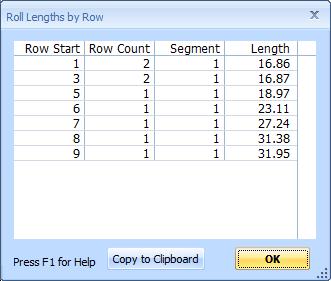
Figure 5 Roll Lengths by Row Window
You can display the roll length for each row by right-clicking on the measurement and picking "Edit Extension/Display Roll Row Lengths..." from the context menu. The Roll Lengths by Row Window will be displayed as shown in figure 5. The list has four columns:
- The starting row number with the length
- The number of adjacent rows with the same length
- The segment number - when cutouts break a row into multiple segments, the segments are show separately
- The length of the row or segment
It's frequently useful to copy the row length to another application (such as Excel). To do this, press the "Copy to Clipboard" button. A grid of information (in tab-separated format) will be copied to the clipboard. The columns will match those shown in the list.
You can then switch to the receiving application and paste the grid.
